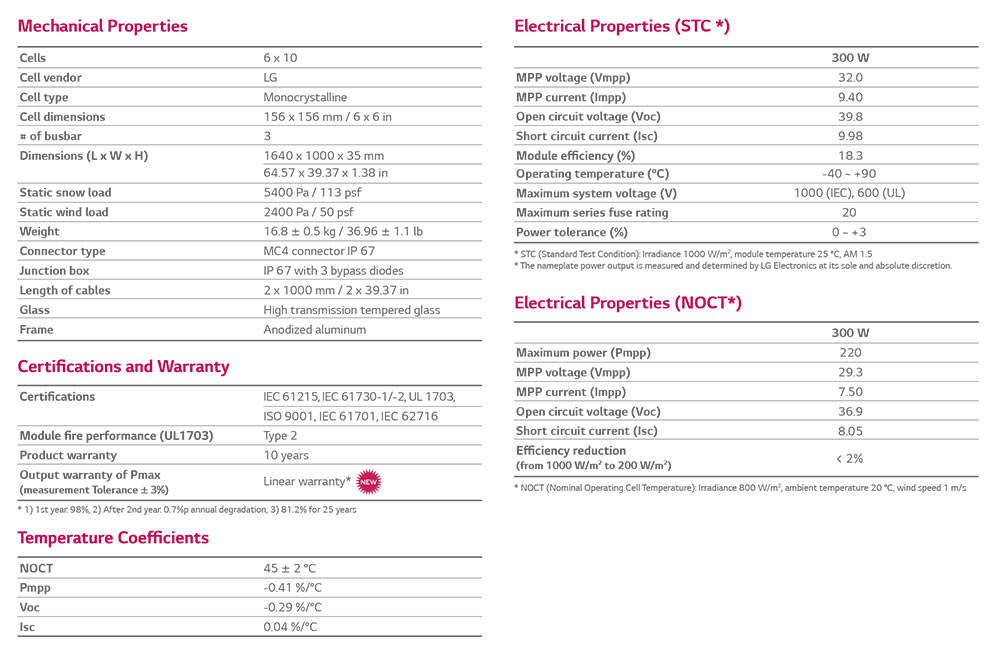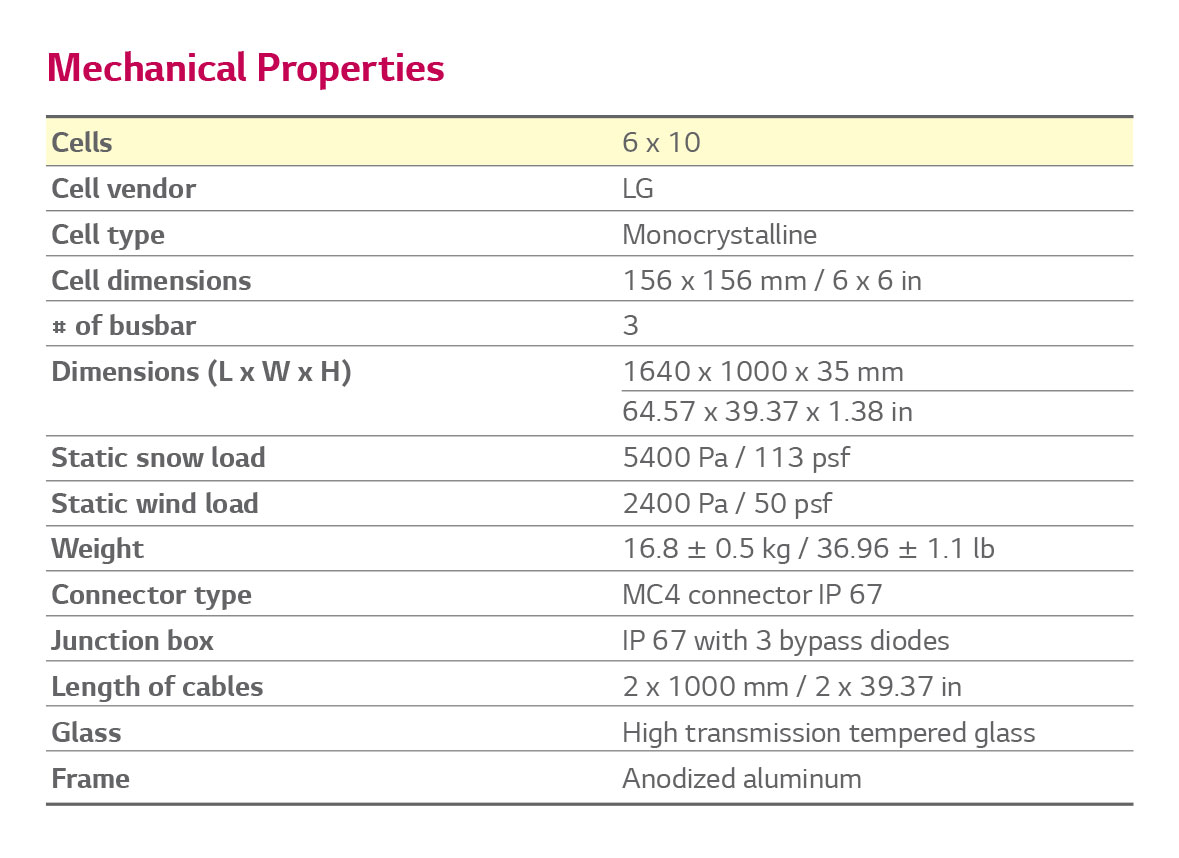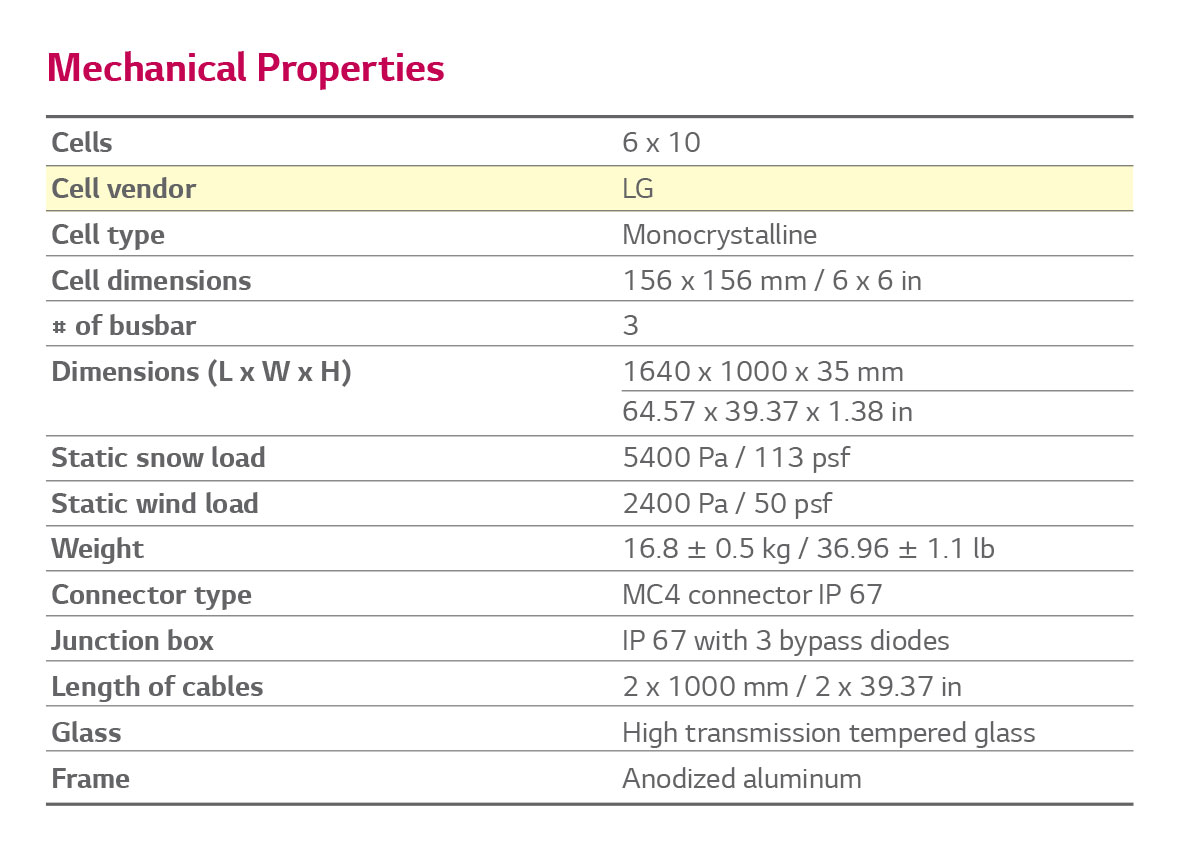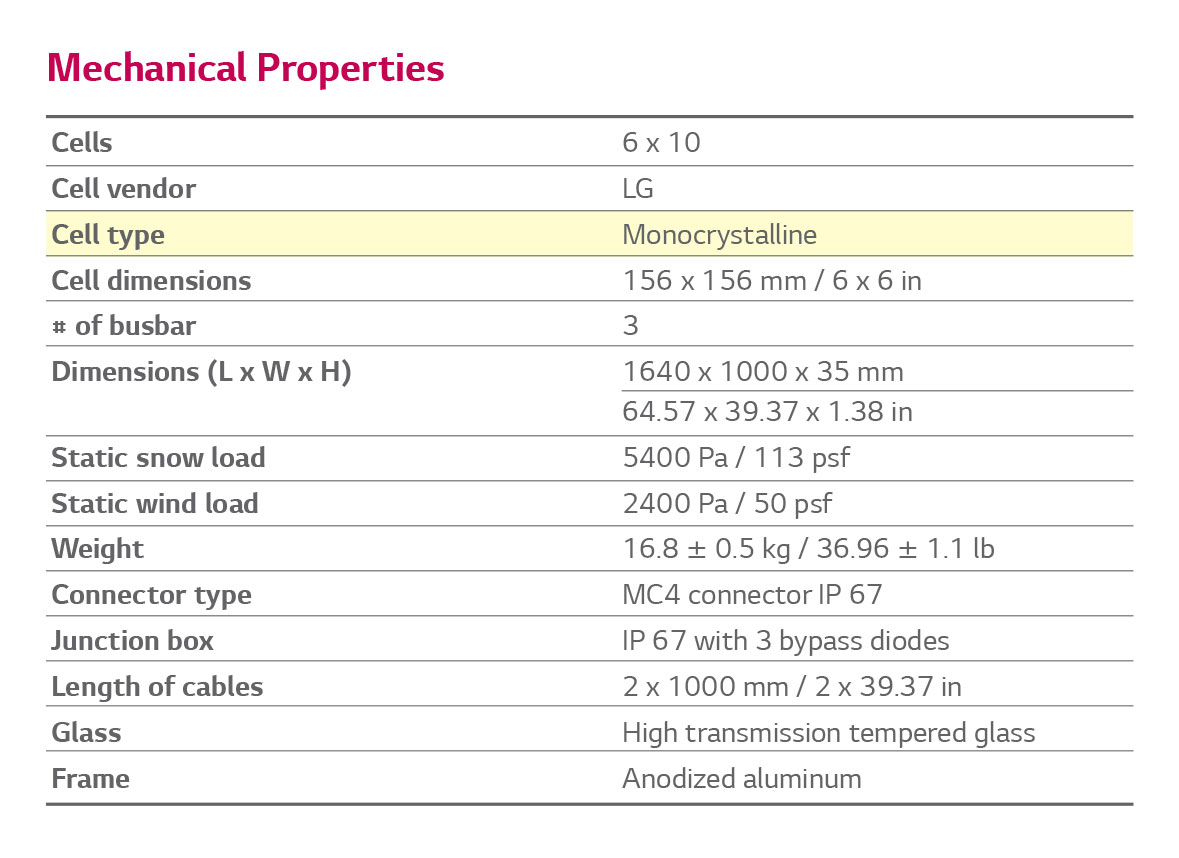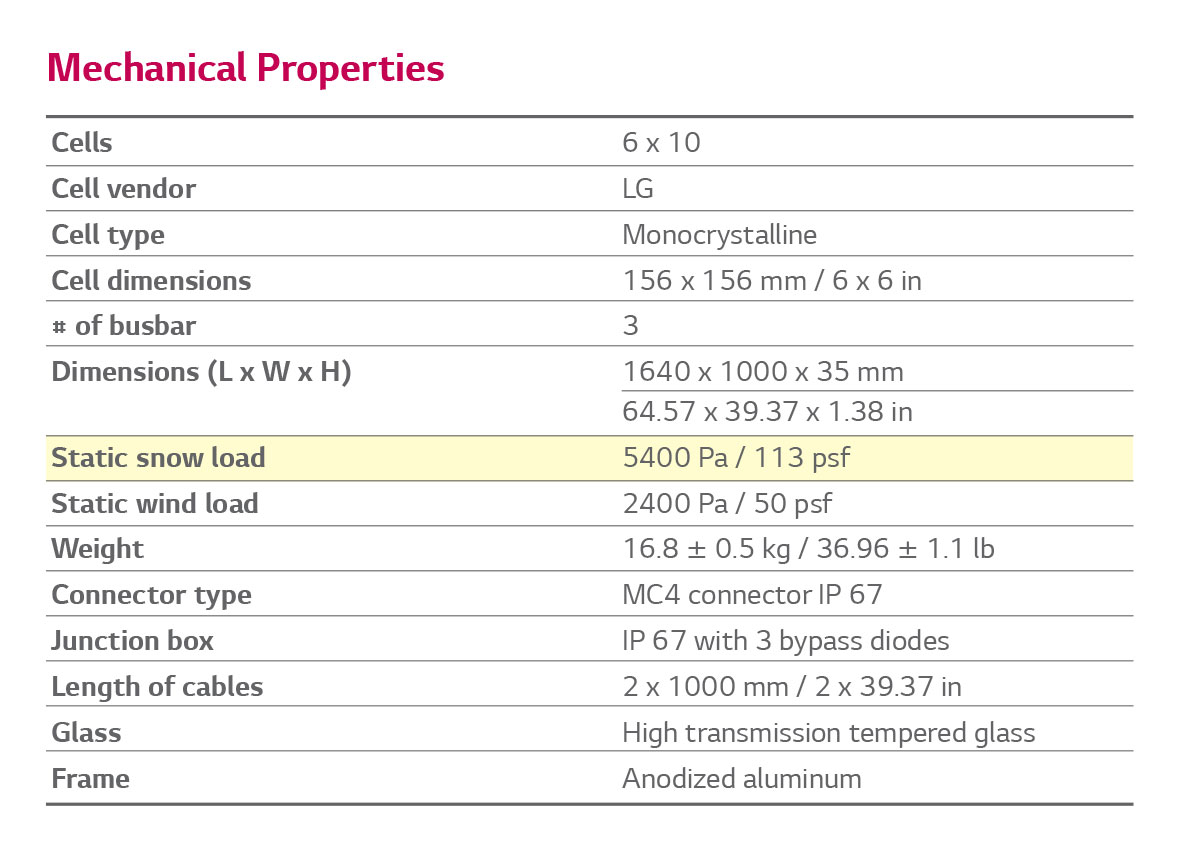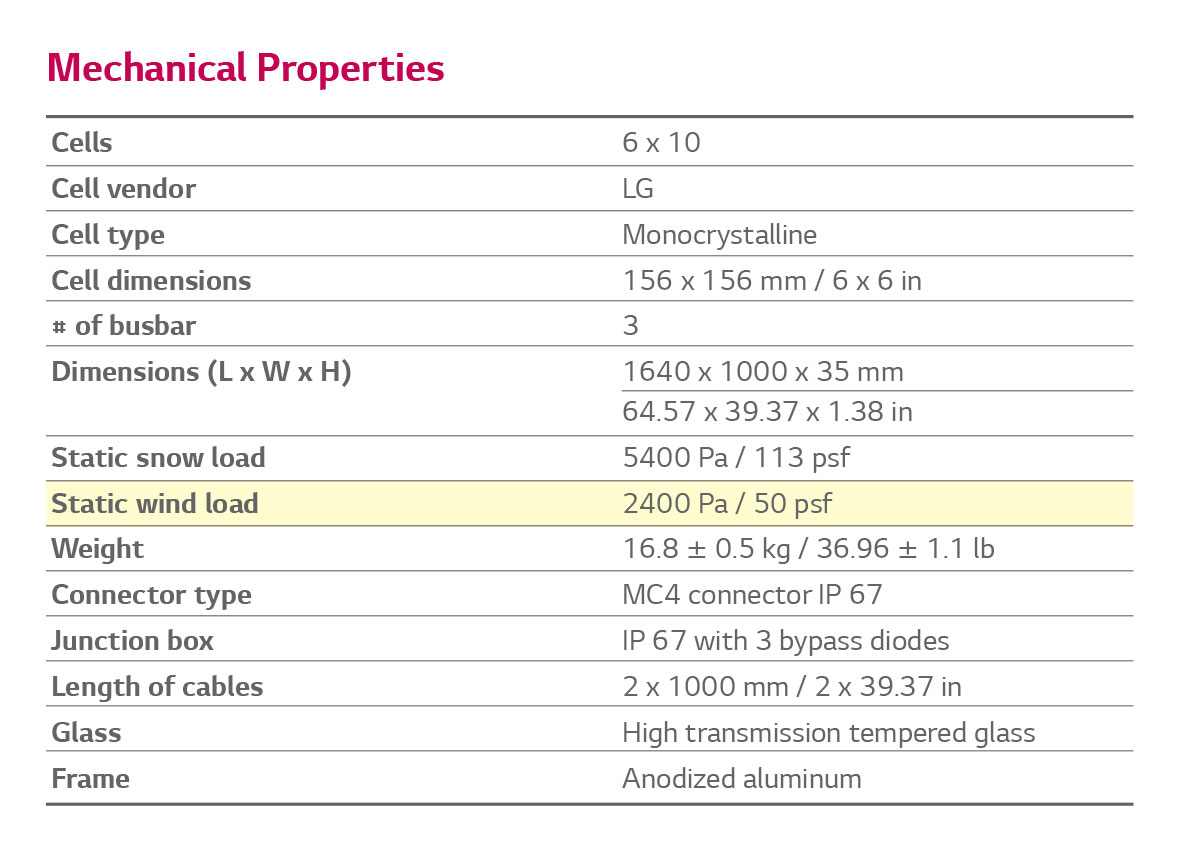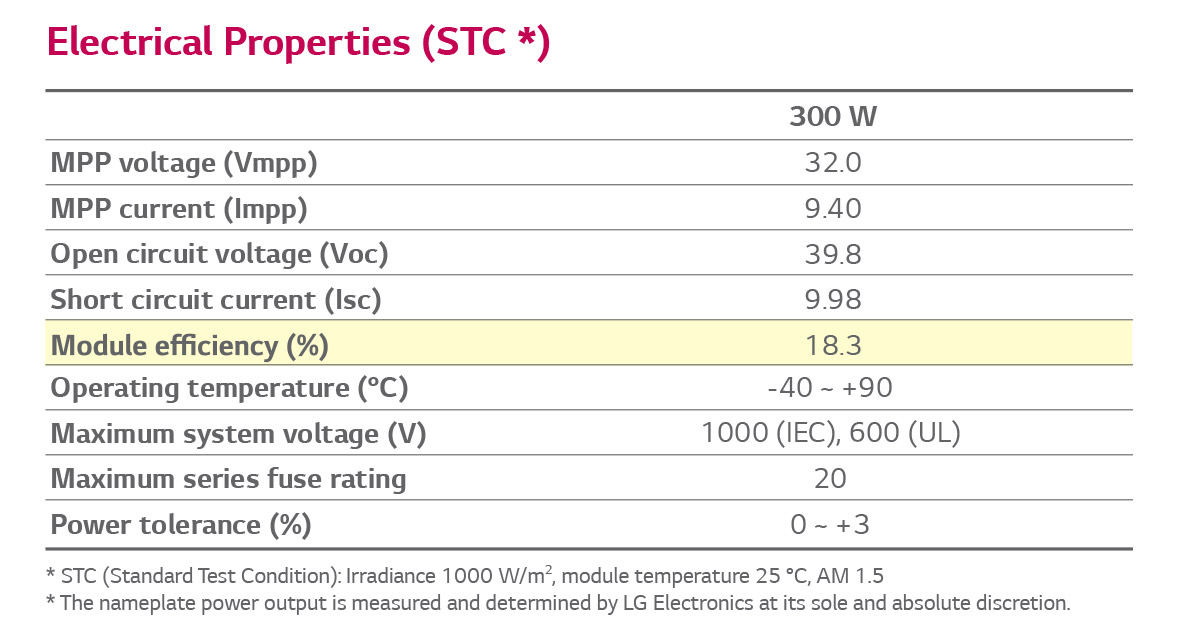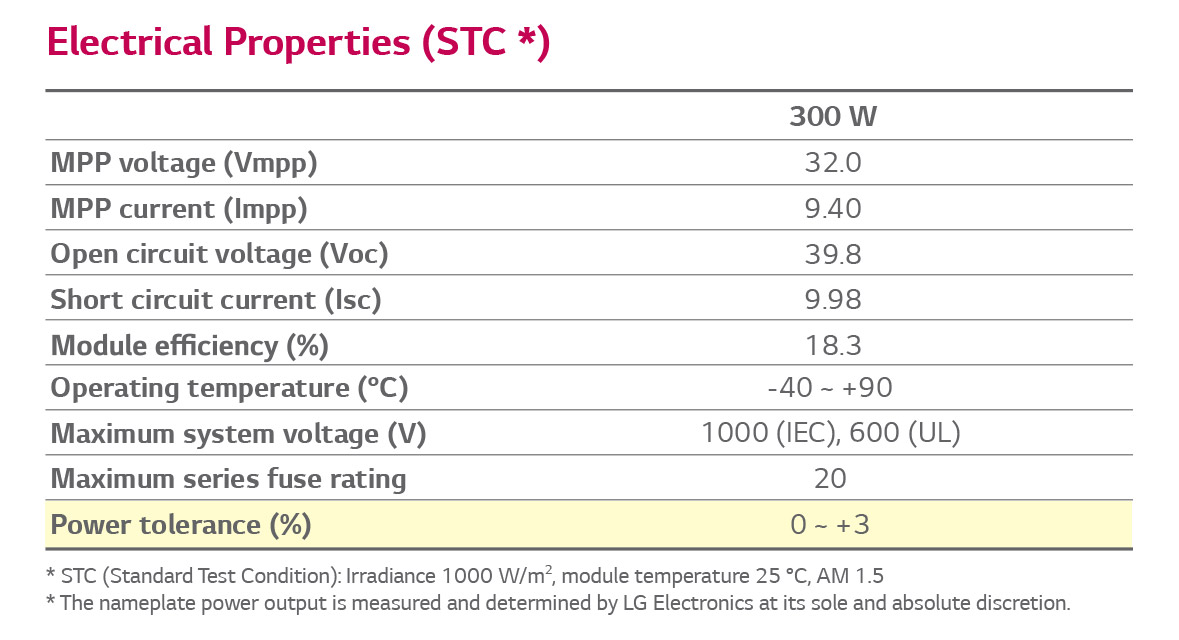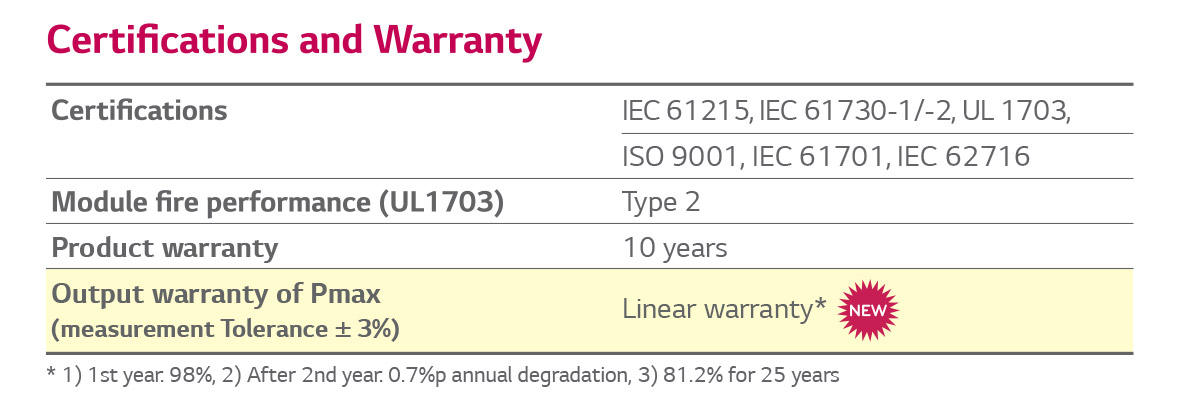Find out how much solar panels cost for your home
Find out how much solar panels cost for your home
How to understand and compare solar panel specifications
Last updated by Author Andrew Sendy
Most consumers are at a disadvantage when it comes to claims made by one solar salesperson that their panel is superior to another.
The reason for this is that most people do not understand what each of the terms in the specifications sheet for a solar panel mean.
Even if you do happen know what the terms mean it is another thing to know how much weight to put on a particular feature. HINT...Some of the specs that sound really important, really aren't.
One of the problems with the residential solar industry in America is that often the solar salesperson you have been speaking with has only had a few days training in solar before they are let loose on the public as salespeople.
These people often don't really understand what the terms mean either and often make inaccurate claims about their product. But let's give you a crash course so you won't be fooled.
What I have done is taken a spec sheet for a leading quality brand of solar panel and highlighted in yellow each variable with a paragraph where it is explained below.
In discussing the meaning of each of the items you will find on the average solar panel specification sheet we have not explained those things that are abundantly obvious such as dimensions and weight or other things that are obvious.
For illustration purposes we have highlighted in yellow the different electrical specifications on an image of a datasheet for an LG solar panel.
Cell vendor
In some cases the solar panel brand you are buying doesn't make their own solar cells they simply buy in cells and their expertise is in assembling these cells into modules. However, in the case of most of the tier brands they make all or most of their cells. It is something worth asking though as a lot of spec sheets for solar panel brands do not say who makes their cells. I would tend to prefer a brand that make their own cells as they can't blame anyone else for faults.
Cell type
Over 95% of solar panels used in residential and small commercial solar installations in America contain crystalline silicon cells. This is not to say there are not other semi-conductor materials that can be used to create solar cells and modules it is just that to date it has been this crystalline silicon technology that has attracted the most investment and achieved the best balance of efficiency and cost. Read more on the features and pros and cons of mono-crystalline vs poly-crystalline solar panels.
Static snow load
This refers to the amount of pressure that can be exerted on the solar panels from the weight of static snow without voiding the warranty of the solar panel. Most solar panels are rated to hold a pressure from a snow load of 5000 or more Pascals (Pa). What this equates to in snow load is between 2-4 feet of snow depending on the type and density of the snow. This is quite a lot of snow and this is just the warranted amount it does not mean that a snow dump of more than this would necessarily break the panel it is just beyond the depth at which the manufacturer is prepared to guarantee that it won't break the panel.
Static wind load
Refers to the amount of wind force that the solar panel can withstand without breaking. The value for a typical solar panel of around 2400 Pa / 50 psf equates to a wind speed of around 63 m/s, which is 227 km/hr or 141 mph. These types of winds are only seen in hurricane type conditions and it is likely that if you experienced these types of winds there would be a lot more damaged than your solar panels.
Temperature coefficient
It is a matter of basic electrical physics that as temperature increases in a semiconductor such as a solar cell the voltage of the cell drops. The current may increase very slightly but overall the power output falls for each degree that the temperature of the solar cell increases. While I have read the physics behind why this happens the truth is I don't understand it. However, I do understand what each of the readings in the power tolerance section of a solar panel specification or data-sheet mean:
Specific Temperature Coefficient Measurements
Temp Coefficient (Pmpp): refers to the percentage that the peak rating of the solar panel reduces by for each 1℃ in temperature increase above 25℃. The reason 25℃ is used is that this is the standard test conditions in which all solar panel ratings are worked out. The very best panels such as Sunpower and Panasonic claim a temperature coefficient around -.30%/℃ and a standard polycrystalline panel usually has a temperature coefficient around -.41%/℃. Given real world cell temperature (NOCT conditions) are more likely to average 45℃ then the real world power output difference between the panel with the best temperature coefficient and solar panels with an average temperature coefficient is likely to be a difference between a 6% output degradation to an 8% average output degradation because of temperature. This output difference of 2% is material but may not justify the higher costs charged by some of the the premium panels.
Temp Coefficient open circuit voltage: (Voc) and temperature coefficient of short circuit current (Isc) is less important to know as this refers to the voltage drop and current increase caused by every 1℃ temperature increase whereas most people want to know the amount output power reduced overall not the specifics of voltage drop and current increase.
Module efficiency
The first thing on a specification sheet that the salesperson will often note is the efficiency of the panel.
The efficiency of a panel is expressed as a percentage of the solar irradiation that the panel can transform into usable electricity at standard test conditions.
Some salesmen will claim that a more efficient panel will produce a lot more energy than a less efficient solar panel of the same rating. This is not necessarily true because the relative efficiency of a panel is taken into account when a panel is rated at a certain wattage.
So, all other things being equal, two panels both rated at 270 watts will each produce the same amount of power when you shine 1000 Watts/m2 onto the panel at 25℃.
The only benefit of a more efficient panel is that it takes up slightly less space to produce the same amount of power. With the most efficient solar panels on the market having around 21% efficiency and the run of the mill tier 2 average polycrystalline panels having efficiency of around 16% you may be able to produce up to 25% more power from a defined space using the most efficient mono-crystalline panel rather than the average efficiency panel. However, if space is not a restrictive factor for you it may be hard to justify the extra price tag that comes with the most efficient panels.
However, it should be noted that some of the most efficient brands of solar panels also claim to have very good temperature coefficients. The importance of temperature coefficients is explained below.
For more discussion on solar panel efficiency and to compare the efficiency of the leading solar panel brands.
Power tolerance
Power tolerance can either be expressed in watts or as a percentage of the rated power of the solar panel. In most cases it will be expressed as a percentage of the rated power output.
There are two values recorded in a specification sheet in respect to power tolerance being the negative power tolerance and the positive power tolerance.
The negative power tolerance is the % by which the maximum power output at standard test conditions(Pmax) at STC in a particular module can be less than the rated Pmax at STC.
Most crystalline solar panels on the market now have zero negative power tolerance meaning all of the manufacturers are stating that their panels may produce more than their rated Pmax at STC but not less.
Their Pmax warranties are expressed after power tolerance and so this is important.
Most solar panel brands on the market claim a positive power tolerance of between 3-5% meaning their panels may be over their Pmax at STC.
Pmax
Pmax is the rated power output of a solar panel at standard test conditions with a cell temperature of 25℃ and solar irradiation at 1000W/m2.
However, because standard test conditions are not real world conditions a PTC (which stands for PVUSA Test Conditions) rating system has been developed to rate the likely power output of a solar cell at NOCT conditions. NOCT (Nominal Operating Cell Temperature) conditions use a cell temperature of 45℃ because the cell temperature is generally around 20℃ higher than the ambient temperature.
The PTC rating of a panel was once more difficult to calculate because many panels once had negative power tolerances but most better brands of solar panels now have no negative power tolerance and because the effect of wind speed on output is minimal the PTC is now mainly just an adjustment of Pmax for real world temperatures.
The PTC rating became widely used in output forecasting when the Californian government started testing solar panels before approving them. When they did this they found on average panel outputs were 6% lower than what solar manufacturers were claiming on their spec sheets.
However, this real world calibration of PTC no longer happens for new solar panel models and so we use a simple formula to calculate power output for real world conditions that adjusts for likely average cell temperatures during the operating hours of the panels over a year. Remember cell temperature is usually 20℃ higher than average ambient daytime temperatures.
